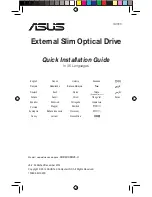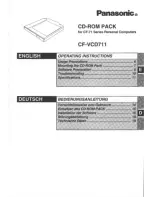
3.1.14 Output Filters
The high speed switching of the Adjustable frequency
drive produces some secondary effects, which influence
the motor and the enclosed environment. These side
effects are addressed by two different filter types, the
du/dt and the sine-wave filter.
dU/dt filters
Motor insulation stresses are often caused by the
combination of rapid voltage and current increase. The
rapid energy changes can also be reflected back to the DC
line in the inverter and cause shut down. The du/dt filter is
designed to reduce the voltage rise time/the rapid energy
change in the motor, and by that intervention, it prevents
premature aging and flashover in the motor insulation. The
du/dt filters have a positive influence on the radiation of
magnetic noise in the cable that connects the drive to the
motor. The voltage wave form is still pulse-shaped but the
du/dt ratio is reduced in comparison with the installation
without filter.
Sine-wave filters
Sine-wave filters are designed to allow only low
frequencies to pass. High frequencies are consequently
shunted away, which results in a sinusoidal phase-to-phase
voltage waveform and sinusoidal current waveforms.
With the sinusoidal waveforms, the use of special
Adjustable frequency drive motors with reinforced
insulation is no longer needed. The acoustic noise from the
motor is also damped as a consequence of the wave
condition.
Besides the features of the du/dt filter, the sine-wave filter
also reduces insulation stress and bearing currents in the
motor, thus leading to prolonged motor lifetime and
longer periods between service. Sine-wave filters enable
use of longer motor cables in applications where the
motor is installed far from the drive. The length is unfortu-
nately limited because the filter does not reduce leakage
currents in the cables.
VLT
®
HVAC Drive Selection
VLT
®
HVAC Drive Design Guide
3-16
MG11BB22 - VLT
®
is a registered Danfoss trademark
3
3
















































